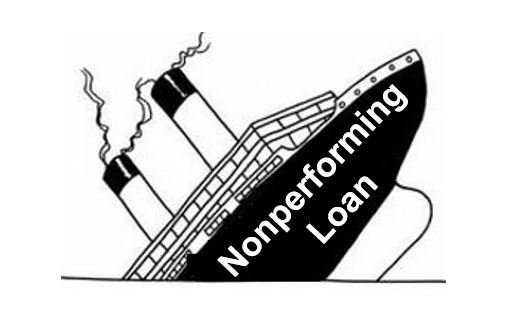ISLAMABAD: The Non-Performing Loans (NPLs) during the second quarter of the fiscal year 2017 stood at Rs614,816 million against total advances of 6,633,527 million, showing infection ratio of 9.3 percent, according to data available from State Bank of Pakistan (SBP).
The NPLs of the first quarter of the fiscal year 2017 were recorded at Rs603,771 million against the advances of Rs6,120,858 millions, indicating infectious ratio of 9.9 percent, according to SBP Statistical Bulletin of November 2017.
The highest percentage of infections ratio was recorded in Small and Medium Enterprises (SMEs) sector where it stood at 20 percent. The total NPLs of SMEs Sector stood at 79,609 million against its total advances of Rs388,482 million.
This was followed by agriculture sector where the infection ratio was recorded at 17.9 percent as the NPLs of this sector were recorded at Rs53,205 million against the total advances of Rs296,989 million during the first quarter of the fiscal year 2017.
The NPLs of corporate sector stood at Rs429,961 million compared to the advances of Rs4,479,094 million, indicating infection ratio of 9.6 percent. The consumer sector infection ratio was recorded at 7.3 percent as the NPLs of this sector were recorded at Rs29,883 million compared to the advances of 409,712 million.
The NPLs of commodity financing were recorded at Rs4,800 million against Rs771,114 million advances, showing infection ratio of 0.6 percent, while the infection ratio of staff loans was recorded at 1.3 percent as these were recorded at Rs1,462 million against the advances of Rs110,281 million.




